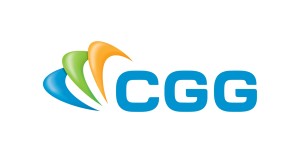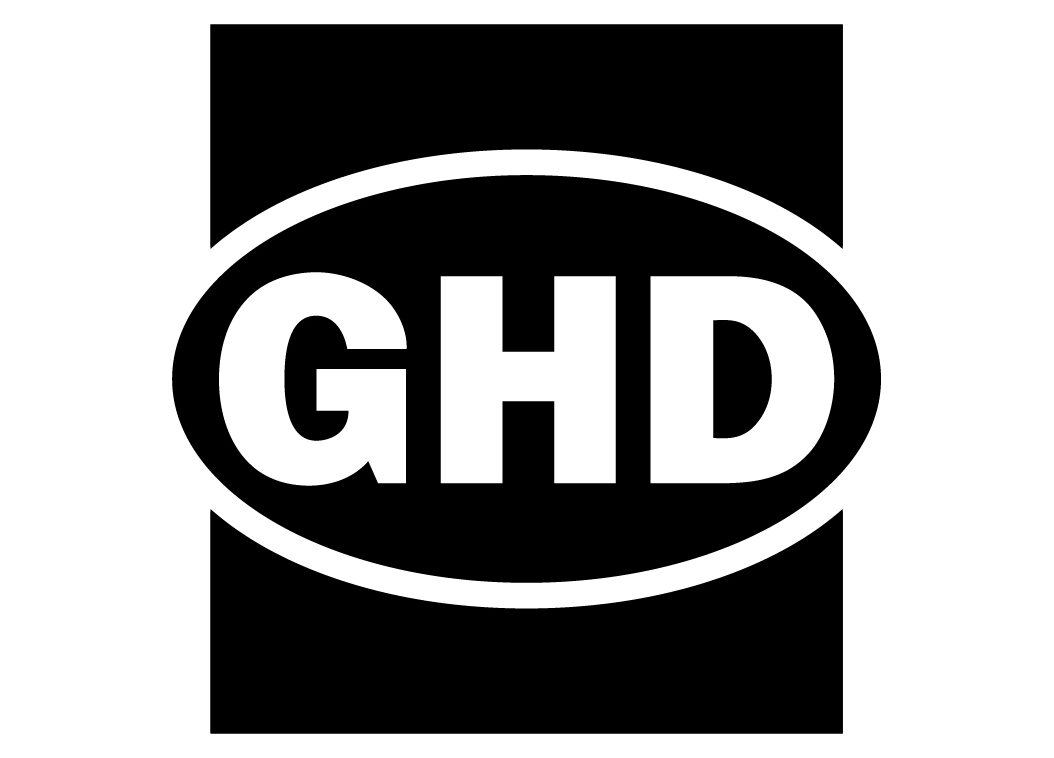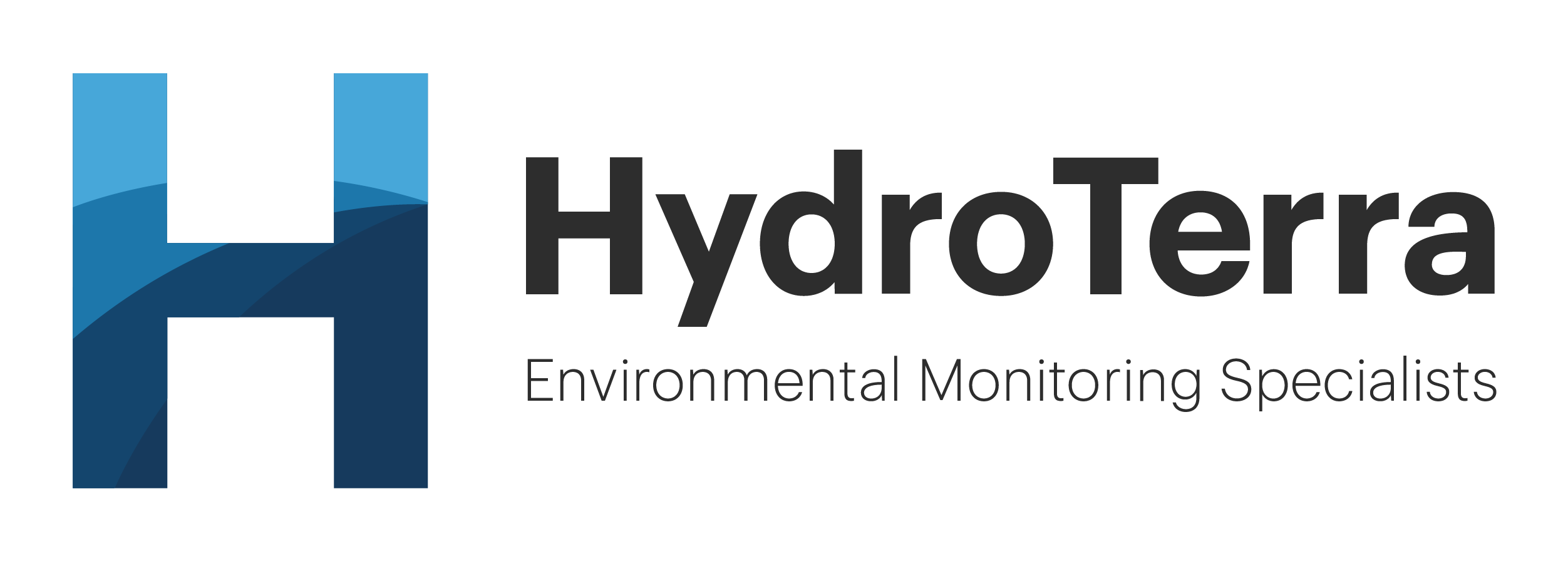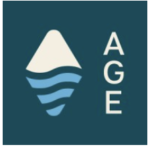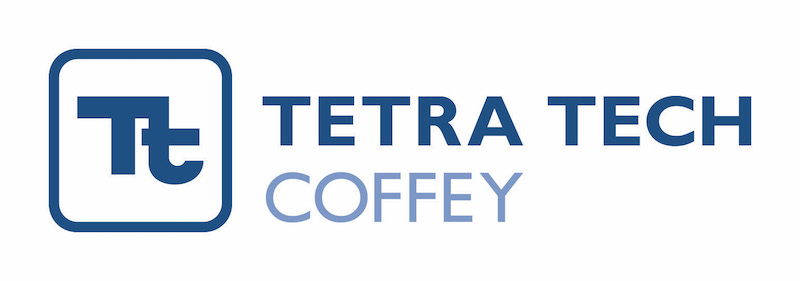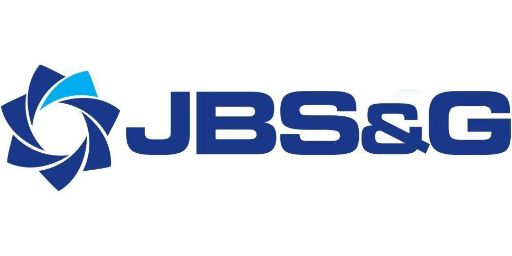Wednesday 19 February 2014
5:30 socialising, 6:00 pm program start
The Melbourne Hotel, corner of Hay and Milligan Streets
The Western Australian Chapter is proud to announce the first monthly talk on Airborn EM for Hydrogeology in the Perth Basin, by Nathan Tabain.
ABSTRACT
The city of Perth, Western Australia is likely to face an increasingly large water shortage. Currently the main source of Perth’s water is derived from aquifers located within the Perth Basin. To manage increasing pressure on water resources, long-term predictive groundwater models have been created by the Western Australian Government. These models need to account for all major hydrogeological structures. This thesis explores the application of 1D airborne electromagnetic inversion to identify key large-scale hydrogeological features in the Perth Basin. Identification of large-scale hydrogeological features is necessary if groundwater models are to successfully predict impacts of different water usage scenarios.
Airborne electromagnetics is a frequently used geophysical technique allowing for the rapid acquisition of data over a wide variety of terrain. The electromagnetics method is used to map the distribution of conductivity within the sub-surface. This technique has been utilised extensively for hydrogeological applications.
An airborne electromagnetic survey spanning approximately 1,600 square km’s including some 400,000 soundings required inversion. Geoelectrical seed models necessary for the inversion were generated and constrained by 2D reflection seismic and resistivity wireline logs. Ultimately a seed model that gave a close fit to the measured data and reasonable correlation to the bore hole and seismic data was selected to perform 1D inversions on all airborne electromagnetic lines which intersected the major fault in the area; the Badaminna Fault. The limitations of the inversion process and results were also explored. The inverted conductivities were subsequently gridded in 3D to generate a located 3D volume of conductivities.
The 3D volume of conductivities derived from the airborne electromagnetic inversions revealed several large and hydrogeologically significant features. Of particular note is the Badaminna Fault Zone. The top of the Badaminna Fault Zone is clearly visible as a north striking relatively conductive feature. Basic interpretation of a 2D seismic line intersecting the Badaminna Fault Zone enabled geological structures to be identified, including a clear displacement across the fault zone. This displacement may facilitate or prevent recharge/discharge across aquifers on either side of the fault.
Other large-scale hydrogeological features revealed within the 3D conductivity volume included expansive, electrically conductive, potentially confining layers on both sides of the Badaminna Fault. The characterisation of the potential confining formation is of particular importance, as clay bearing layers typically prevent the movement of water between aquifers. An expansive thick zone of continuous rock has been identified in the centre of the 3D volume and may be the site of a window where major aquifers meet near the surface. Additional potential major faulting and near-surface formation boundaries were also identified.
The geological features identified and characterised in this project can be integrated into a large-scale hydrogeological flow model, improving the accuracy of known groundwater movement. This will assist in securing Perth’s groundwater supply for the future.
Brief Biography
Nathan Tabain is a Geophysics Graduate from Curtin University. He graduated with a Bachelor degree in 2012 and continued his studies in 2013 by enrolling in Honours. The dissertation topic chosen during Honours was “Airborne EM for Hydrogeology in the Perth Basin”, supervised by Dr. Brett Harris and Dr. Andrew Pethick. His honours presentation was awarded “Best Student Presentation” by the Australian Society of Exploration Geophysicists – WA Division. In November 2013 he completed his Honours degree and was awarded First Class Honours.
Nathan will be commencing his Geoscience career as a Geometallurgist Graduate with Rio Tinto Iron Ore in February 2013, having completed a Summer Vacation Program with Rio Tinto the previous year.
CGG is generously sponsoring the event. CGG is a fully integrated Geoscience company providing leading geological, geophysical and reservoir capabilities to its broad base of customers primarily from the global oil and gas industry. Through its three complementary business divisions of Equipment, Acquisition and Geology, Geophysics & Reservoir (GGR), CGG brings value across all aspects of natural resource exploration and exploitation.


